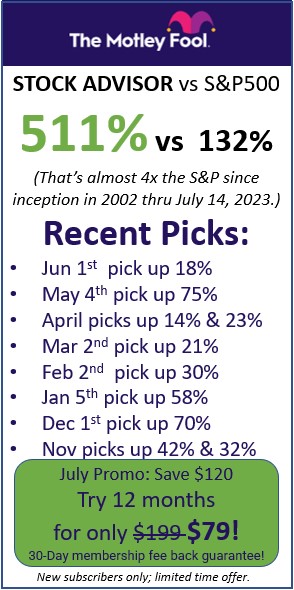Definition: A Call Option gives the holder the right, but not the obligation to purchase one hundred (100) shares of a particular stock at a specific price by a specified date. Call Options are bought by investors who anticipate a price increase.
Example: Options are derivative instruments, which means that their prices are derived from the price an underlyiny security or stock. Normally, options values are determined from the price of an underlying stock, the difference between the current stock price and the option’s strike price, and the amount of time left until the option expires. Let’s assume you bought a call option on shares of Intel (INTC) with a strike price of $40 and an expiration date of April 16th. With this option you would have the right to purchase 100 shares of Intel at a price of $40 on or before April 16th. The right time to do this will only be beneficial if Intel is trades above $40 per share at that particular point in time. Take notice that the expiration date consistently lands on the third Friday of each month when the option is scheduled to expire. (Note-recently the exchanges started issues weekly expiration options on the high volume stocks.)
Each call option corresponds to a contract between the buyer and the seller. The call option buyer has the right to buy the stock at the strike price, and the seller has the obligation to sell the stock at the strike price if the buyer chooses to exercise his option. When an option expires and it is not in the buyer’s best interest to exercise the option, then they are not obligated to take action.
As a quick example of how call options make money, let’s say IBM stock is currently trading at $100 per share. Now consider that an investor purchased one call option contract on IBM with a $100 strike and at $2.00 per contract. Because each options contract is for 100 shares of stock, the real cost of this option will be $200 (100 shares x $2.00 = $200). Take a look at will happen to the value of this call option under an assortment of several scenarios.
Suppose when the option expires, IBM will trade at $105. Keep in mind that the call option will give the buyer the ability to purchase shares of IBM at $100 per share. In this example the buyer can use the option to buy these shares at $100, then instantly sell those exact shares in the open market for $105. This option is therefore called in the money. As a result, the option will sell for $5.00 on the closing date, because each option represents an interest in 100 underlying shares, this will amount to a total sale price of $500. Because the investor bought this option for $200, the net profit to the buyer from this transaction will be $300.
When this option expires, IBM is trading at $101. Utilizing the identical analysis indicated above, the call option now has a value of $1 (or $100 total). Because the investor used up $200 to buy the option, the investor will display a net loss on this trade of $1.00 (or $100 total). This option will be called at the money since the transaction is basically a wash.
When the option expires, IBM is trading at or below $100. So if IBM ends up at or below $100 on the option’s close date, then the contract will expire out of the money. It’s now, so the option buyer will lose 100% of their money (in this case, the full $200 that the investor spent for the option).
For further information about trading call options visit this site.
Click Here to see all Options Articles
 Covariance Analysis
Covariance Analysis Maintenance Margin
Maintenance Margin